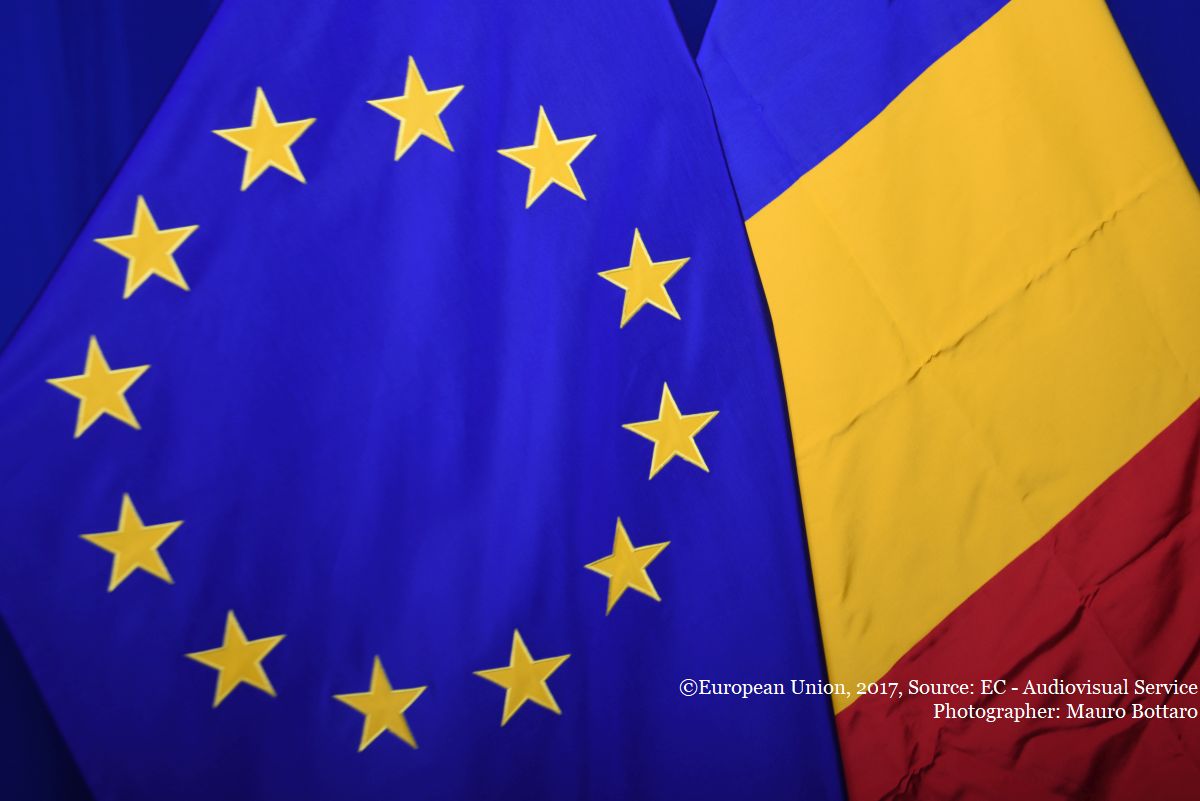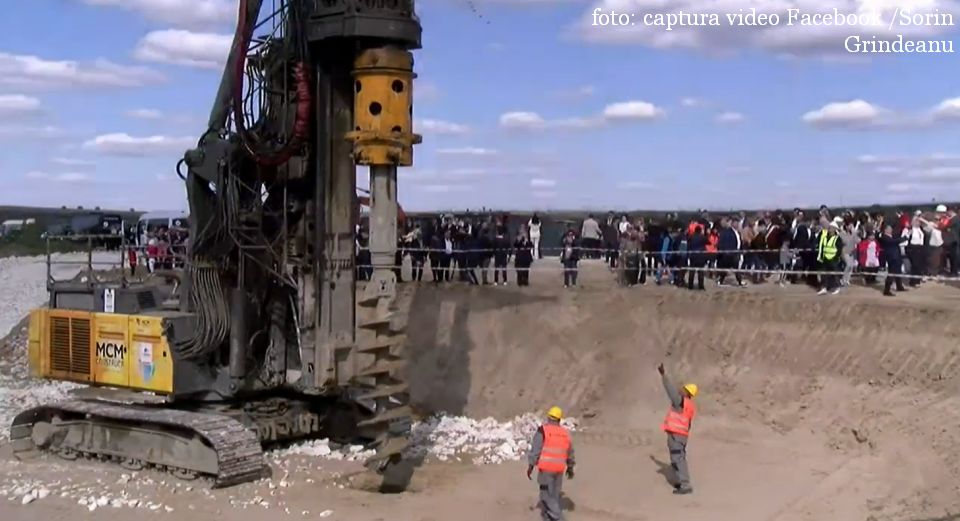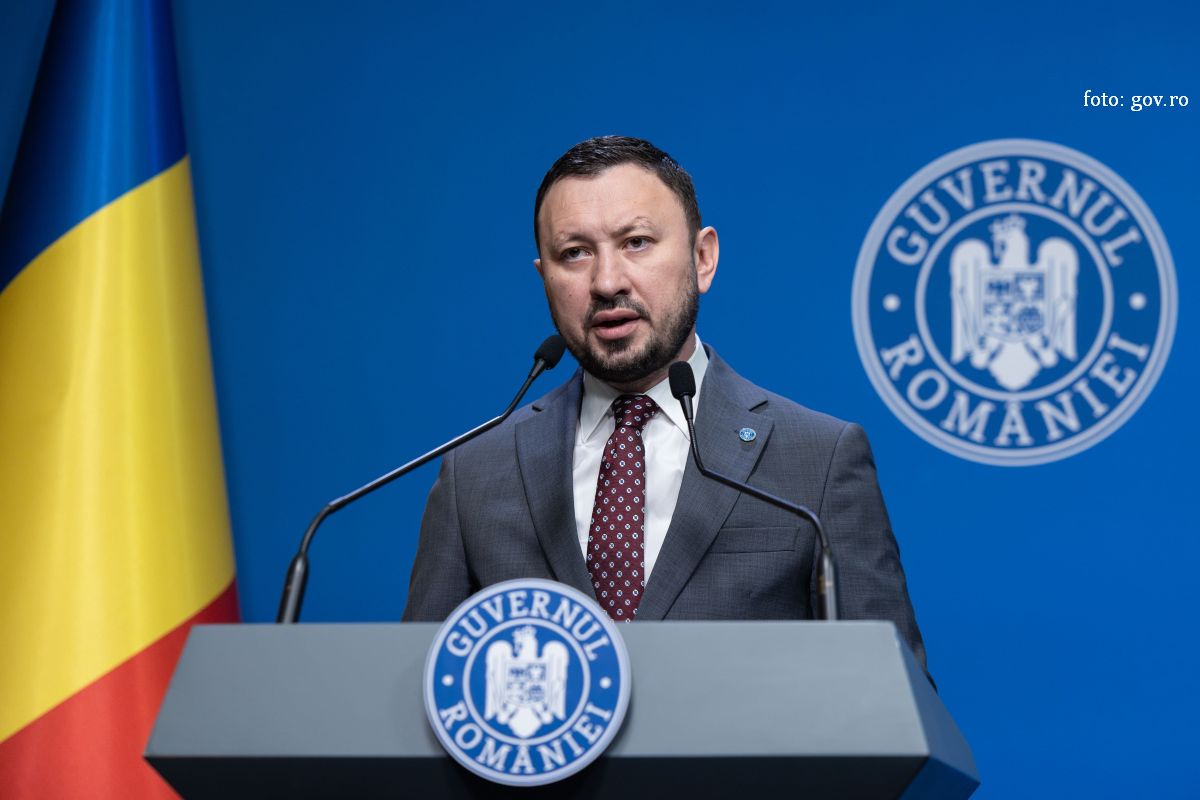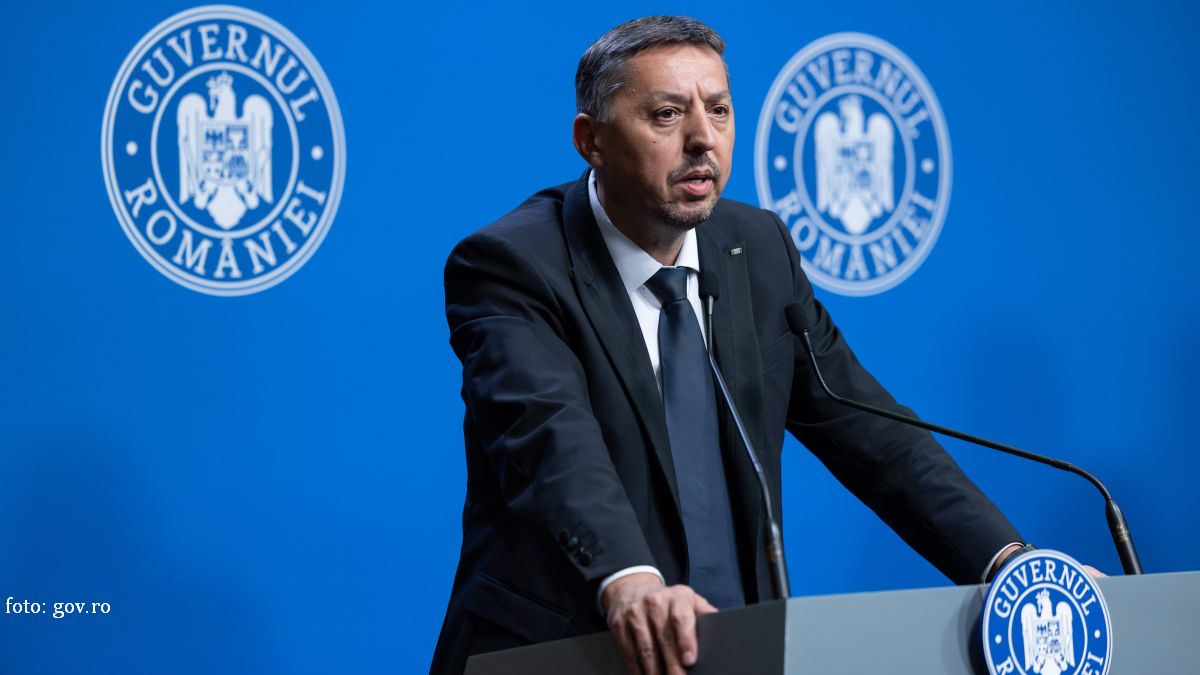Romania at the Venice Art Biennale
Romania is participating in the 60th Venice Art Biennale, with a project entitled ”What Work Is".
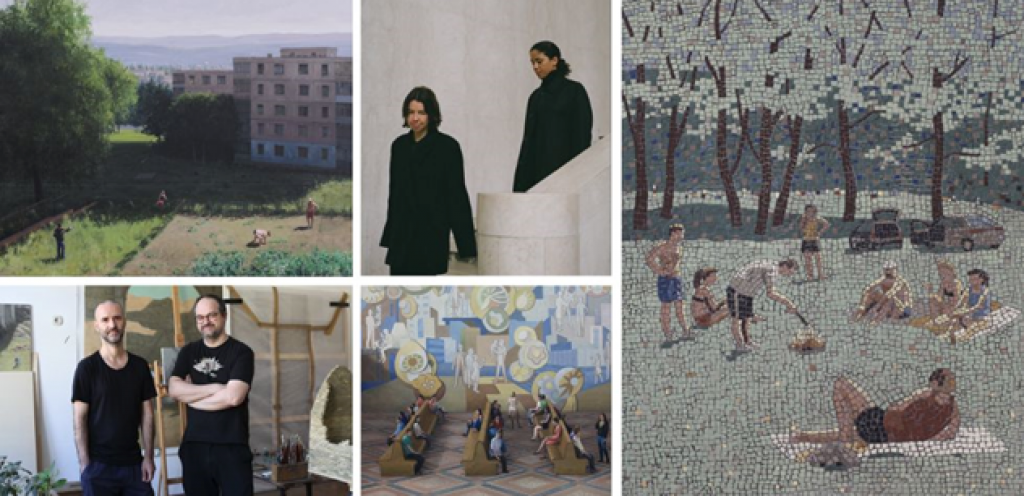
Leyla Cheamil and Radio România Internațional, 16.04.2024, 13:45
A prominent event of the international contemporary art scene, the Venice Art Biennale, will soon open its doors, on April 20, thus turning Venice, once again, into the world capital of art for more than seven months. Organized every two years, the event, which has reached its 60th edition, brings together over 330 artists, most of them from South America, Africa, the Middle East and Asia, and also enjoys 88 national participations, in the National Pavilions, in the Giardini, the Arsenale and in the city center of Venice.
The Biennale will open with a central exhibition entitled “Stranieri Ovunque-Foreigners Everywhere”, curated by Adriano Pedrosa, who is the first curator of the Biennale from South America. “The expression Stranieri Ovunque has several meanings. First of all, that wherever you go and wherever you are you will always encounter foreigners— they/we are everywhere. Secondly, that no matter where you find yourself, you are always truly, and deep down inside, a foreigner”, explains Adriano Pedrosa.
The project that will represent Romania is titled “What Work Is”. It is authored by Serban Savu and curated by Ciprian Mureșan. The project, which explores the relationship between work and leisure, will be exhibited in the National Pavilion, a building inaugurated by the Romanian historian Nicolae Iorga in 1938, as well as in the New Gallery of the Romanian Institute of Culture and Humanistic Research, in the center of Venice. In Romania’s Pavilion, visitors will have the opportunity to see more than 40 paintings, which will give them a glimpse of Savu’s works and technique in the last fifteen years.
According to the Romanian Cultural Institute, the exhibition is a reflection of the iconography of work and leisure, inspired by historical realism and an ideology deriving from the “Eastern Bloc” propaganda art.
Rather than contesting or dismantling these discourses directly, Savu questions them, wanting to depict moments of pause and suspension in which the boundary between work and leisure fades out, the Romanian Cultural Institute writes. These moments of uncertainty emerge as reflections of deep-going social transformations.
In turn, Serban Savu, stated his interest in “the world between worlds, between the rural and the urban, between work and leisure, a hybrid and undefined world, or one which is beginning to take shape, a world of the peripheries that encapsulates all the possibilities of the future”. “Many of my characters,” the artist explains, “rest during their working hours and work in their free time, in a state of anarchic suspension, outside the productive system.” Serban Savu’s characters are totally different from the representation of the worker in the official art of the communist regime, as they are neither heroic nor monumental. They are equally iconic for a failed political-social project, and especially for today’s world, in which they try to find their place and meaning.

